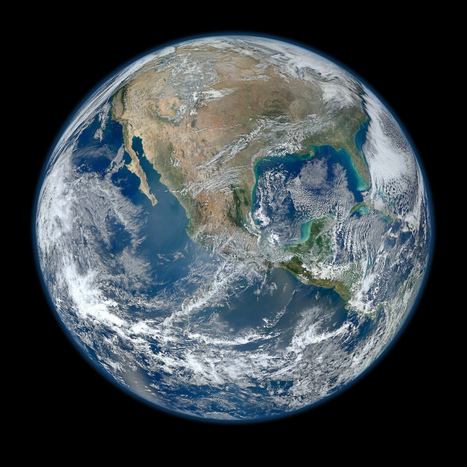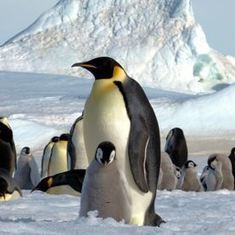NASA has released a new Blue Marble image, showing the United States of America. According to them, it's the "most amazing, highest resolution image of Earth ever." Blue Marble 2012 bests the 2010 edition and the original one.
Beautiful image...follow the link for a video of the image at a variety of scales as well as the specs and production that went into it. There is an 8000 x 8000 pixel version as well as many lower resolution versions.



 Your new post is loading...
Your new post is loading...










